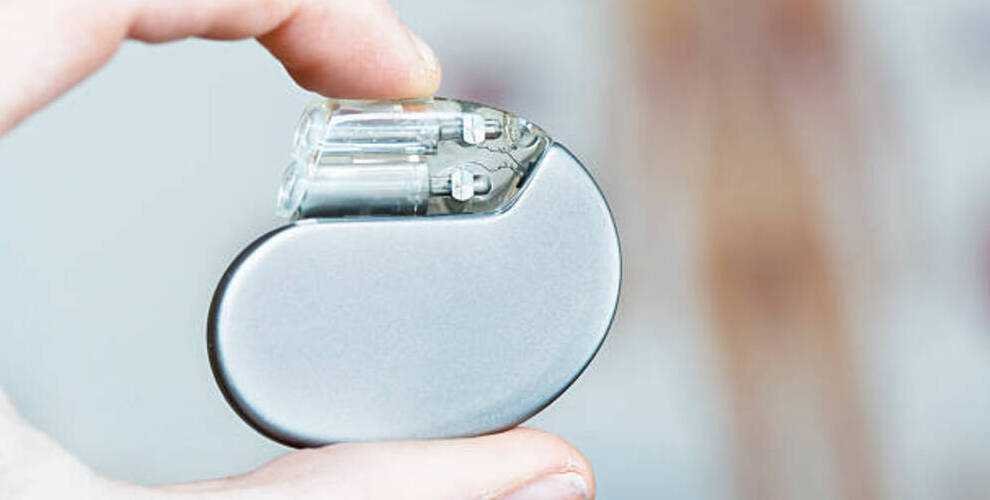
Cardiac Pacemaker Installation Completed! Precautions and Life Tips for Using a Heart Rate Regulator
Although a pacemaker (also known as a cardiac pacemaker) can help patients with slow heartbeats improve their heart rate, because it is an electronic device installed on the body, patients need to pay special attention to various risk factors in life that may affect the function of the device. . Come and follow this article to see what are the relevant precautions after wearing a heart rate regulator!
Tips for living with a heart rhythm regulator
In order to avoid electromagnetic interference from other electronic products, which may affect the normal operation of the implanted heart rhythm regulator, users must pay attention to the following specifications:
Postoperative care
- In the days to weeks after surgery, it is normal to experience redness, swelling and pain at the installation site of the pacemaker, and the pain is usually not too severe. If you feel seriously unwell, please inform your doctor.
- In order to avoid wire displacement, please do not overextend the arm on the same side or raise it above your head within 24 to 48 hours after installing the heart rate regulator. However, normal activities can be performed after 3 to 5 days to avoid adhesion of shoulder joint tissue, which may cause frozen shoulder.
- Within 1 month, avoid strenuous exercise or heavy work.

Measure your pulse daily and make sure your heart rhythm regulator is functioning properly with regular follow-up visits
- Please develop the habit of measuring your pulse every day. If you find that the heartbeat rate per minute is less than the minimum set number (heart rhythm regulator) of 5 beats and is accompanied by discomfort, you should return to the doctor immediately.
- Regular check-ups are required every 3 to 6 months to check the condition of the heart rhythm regulator to ensure that the machine is operating properly and to confirm the remaining battery capacity. On average, a heart rate regulator battery lasts about 6 to 7 years.
- Carry your heart regulator identification card with you.

5 precautions and contraindications for use of heart rhythm regulators
- When using a mobile phone, please keep a distance of 15 centimeters from the cardiac pacemaker and avoid placing the mobile phone in your shirt breast pocket. In addition, when talking on the phone, it is recommended to answer the call with the ear opposite to the cardiac pacemaker, or use headphones or a hands-free handset to keep the phone away from the cardiac pacemaker.
- Stay away from welding equipment, transformer boxes, and power stations. If you need to work in such places, it is recommended to discuss with a doctor and coordinate prevention or alternative methods with your employer.
- Since passing the airport metal detector will trigger an alarm, it is recommended to hang the pacemaker identification card on your chest or proactively inform it to save inspection time. In addition, although there is no clear research showing that metal detectors will have a negative impact on heart rhythm regulators, it is still recommended to avoid staying nearby and keep a distance of at least 1.5 meters.
- When seeing a doctor, please inform the doctor that you are using a cardiac pacemaker because some medical procedures such as dental visits, magnetic resonance imaging (MRI), computed tomography (CT scan), cancer radiation therapy, extracorporeal shock wave lithotripsy (ESWL), and Cutaneous nerve stimulation (TENS), electrocautery treatment, electroacupuncture treatment, etc. may affect the function of the cardiac pacemaker.
- Common household appliances, such as microwave ovens, televisions, computers, electric blankets, radios, ovens, hair dryers, electric razors, etc., can all be used normally. If you experience symptoms such as dizziness, chest tightness, or heart palpitations while using an electrical appliance, please stay away from the site or turn off the electrical appliance, rest in a sitting position and measure your pulse. Wait until the pulse returns to normal before getting up and moving. If the discomfort persists, please seek medical attention as soon as possible.












